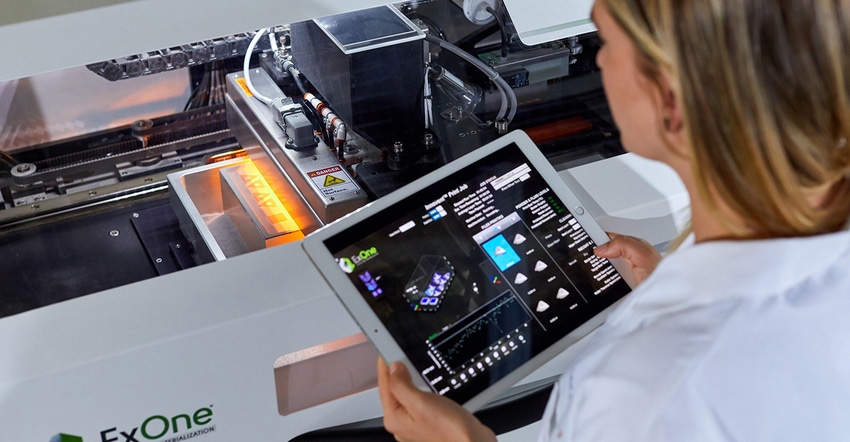Additive Manufacturing Sector Soars Almost 20% in 2021, Says Wohlers Report
The annual report also finds that polymer powder consumption shot up 43.3% last year, making it the most-used material in additive manufacturing.
March 17, 2022

The maturation and mainstreaming of additive manufacturing continues apace, assert the latest annual Wohlers Report and a new outlook by global market intelligence firm McKinsey & Co.
“After decades as a bit player, additive manufacturing is on the cusp of stardom,” enthused Jörg Bromberger, Director of Strategy and Operations in McKinsey’s Berlin office, in a March 15 article.
Wohlers Report 2022 indicates that the additive industry rebounded significantly in 2021, recording 19.5% growth vs. a more modest, pandemic-challenged 7.5% in 2020. The 425-page report also found that polymer powder consumption shot up by 43.3% last year, surpassing photopolymers as the most-used additive material.
Whether for custom products or series production, additive is proving its mettle as a robust solution for everything from surgical models to printed tooling and previously unmakeable final parts. Roughly 40 years after the first commercial printers were developed, additive manufacturing has grown into a roughly $14.7 billion industry, noted McKinsey’s Bromberger.
Of course, 3D printing is more than just the printers — it requires a holistic approach, entailing everything from designing specifically for additive to software, materials, and post-processing. That said, increased printer speeds are certainly pushing additive forward. For instance, newer selective laser sintering machines use up to one million laser diodes to accelerate production.
Fueled by extensive equipment and material innovations, medical, dental, aerospace, defense, and automotive applications are expanding dramatically, with improved part design, performance, and weight. For instance, Bromberger noted:
A printed titanium bracket produced by Airbus is 30% lighter than its predecessor.
Test equipment maker Vectoflow prints custom probes for fluid flow–measurement applications using micro-laser sintering and a range of materials, including stainless steel, titanium, and various superalloys.
A fuel injector head for the Ariane 6 rocket is printed as a single piece of nickel-based alloy, whereas previously it featured 248 machined components welded together.
Ultimately, “the industry has returned to a period of advancement and investment,” said Terry Wohlers, Head of Advisory Services and Market Intelligence at Wohlers Associates, powered by ASTM International. “This expansion cuts across aerospace, healthcare, automotive, consumer products, energy and other sectors.”
Additive manufacturing will feature prominently at Plastec West from April 12 to 14 in Anaheim, CA, with exhibitions from top-tier suppliers including Arburg, Formlabs, 3DEO, and more. The accompanying conference will address a number of 3D-printing related topics. For more information, go to the event website.
About the Author(s)
You May Also Like


